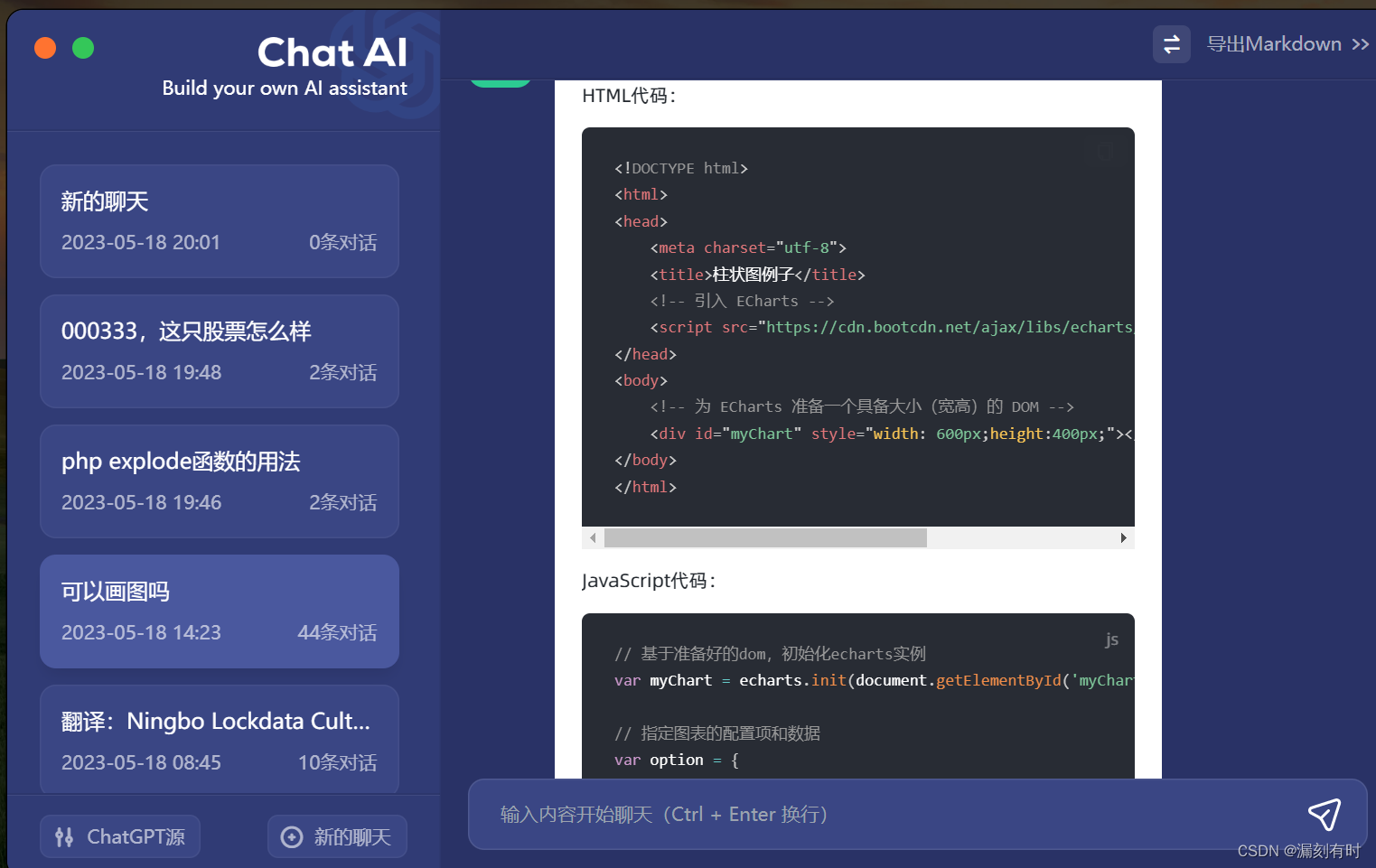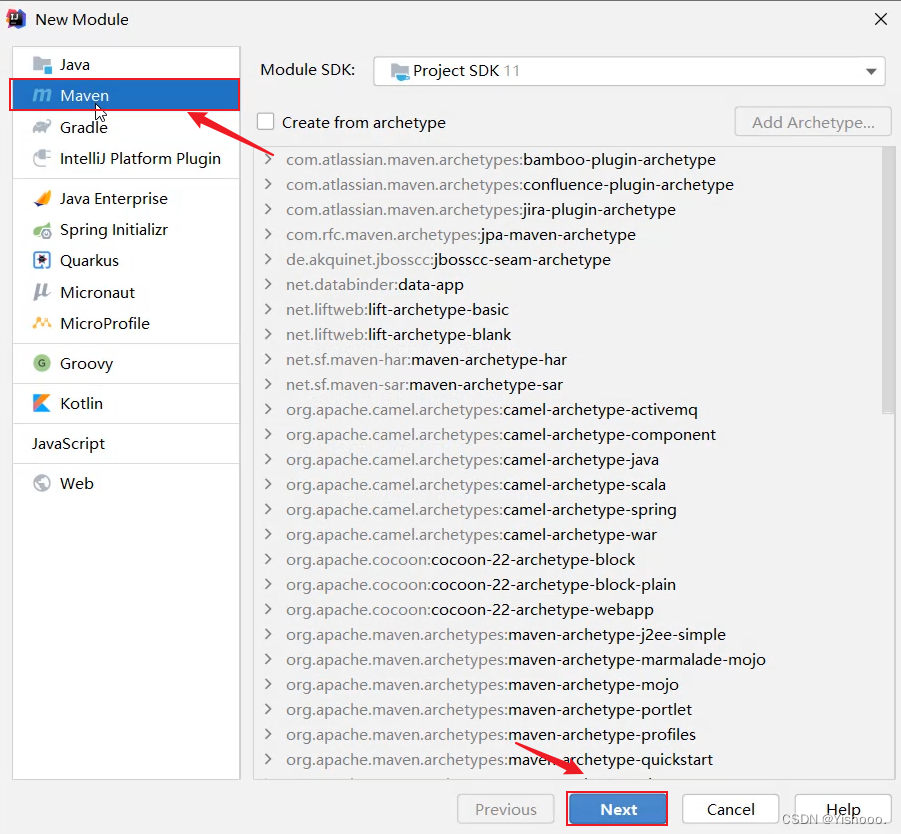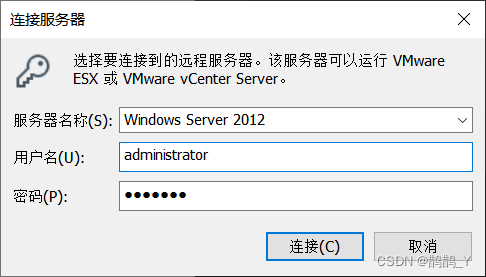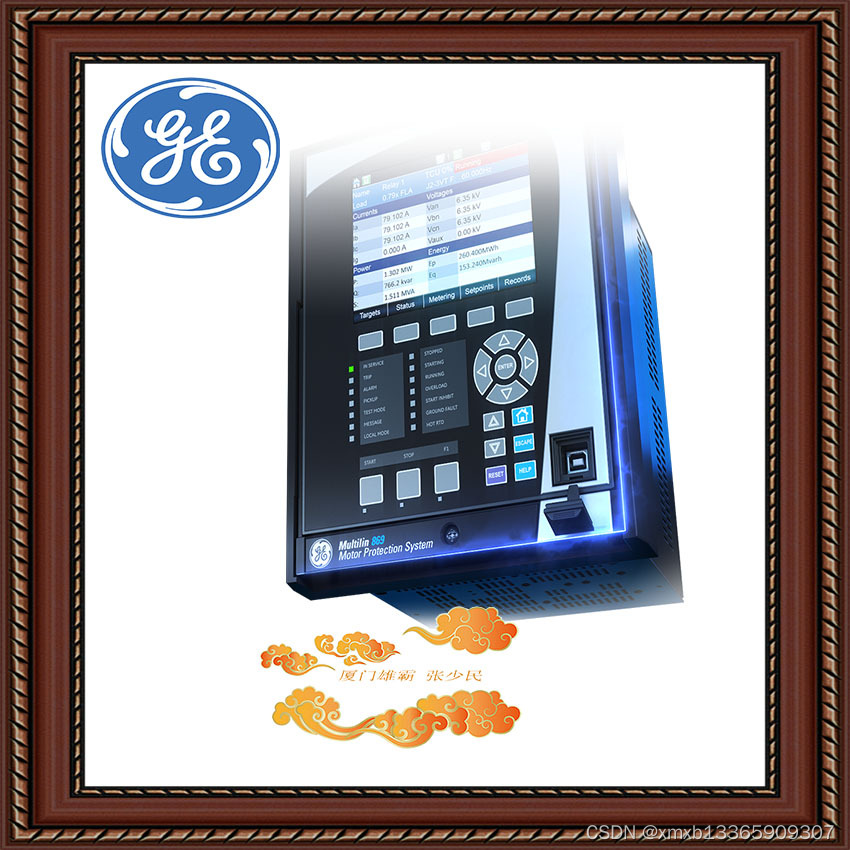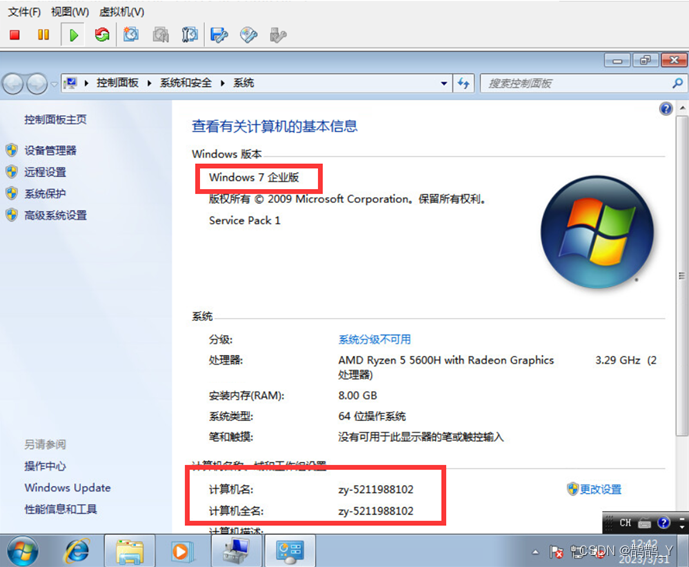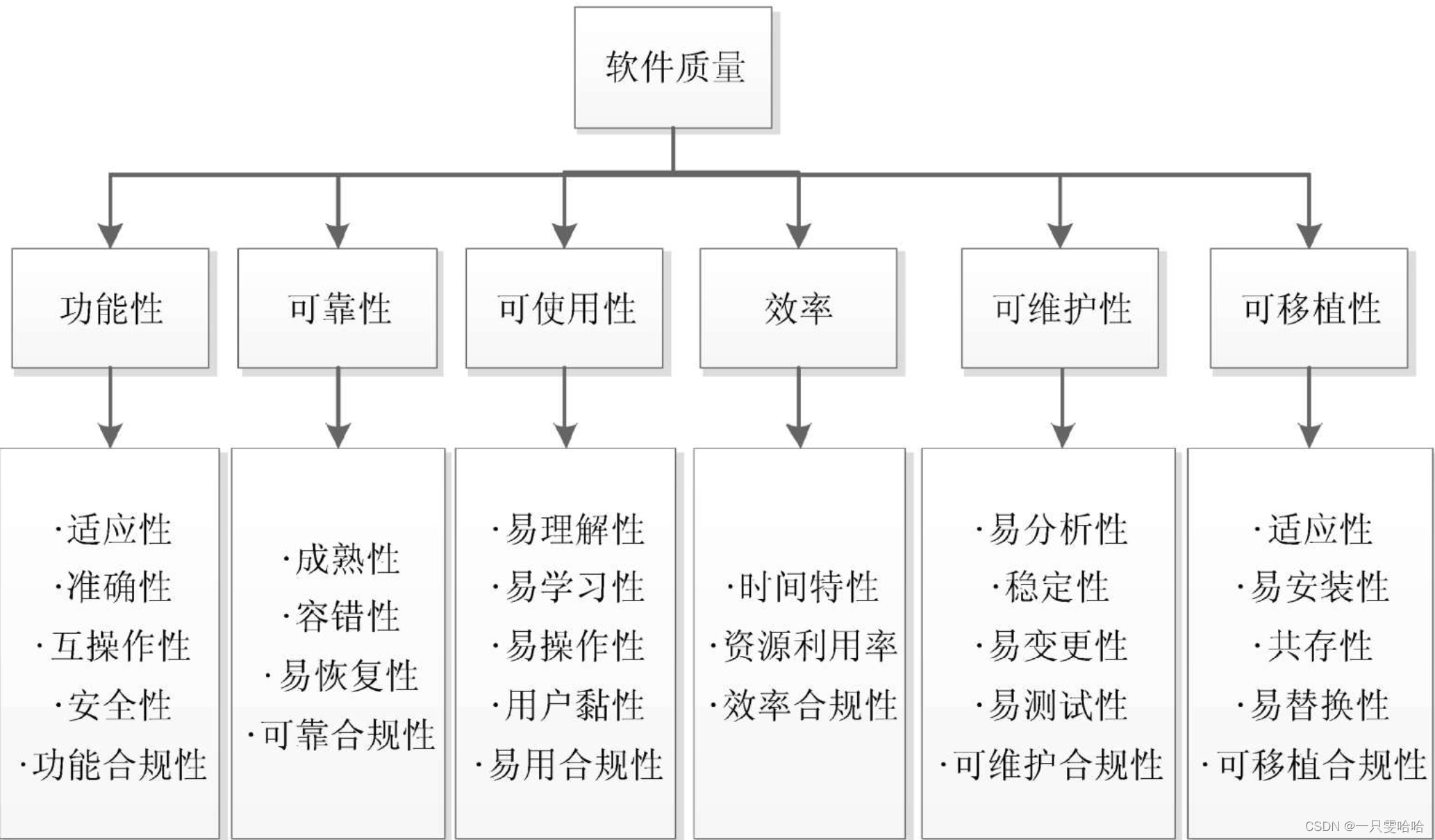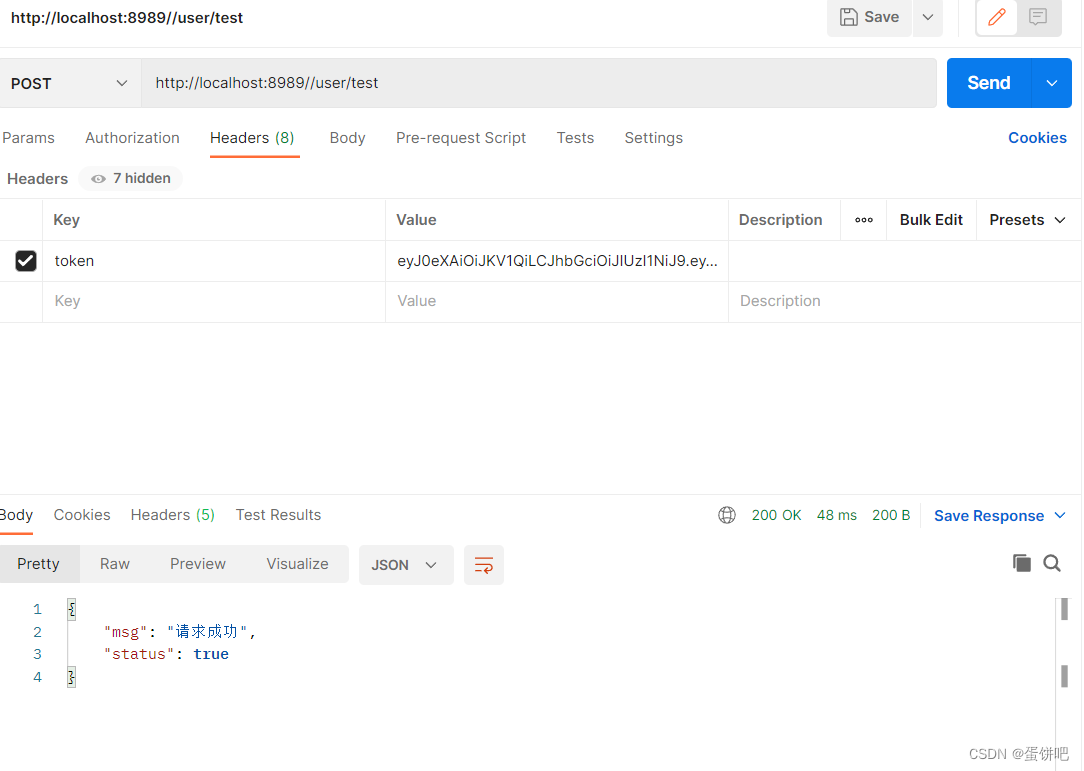文章目录
- 前言
- 一、题目
- 二、模块初始化
- 三、代码实现
- interrupt.h:
- interrupt.c:
- main.h:
- main.c:
- 四、完成效果
- 五、总结
前言
无
一、题目
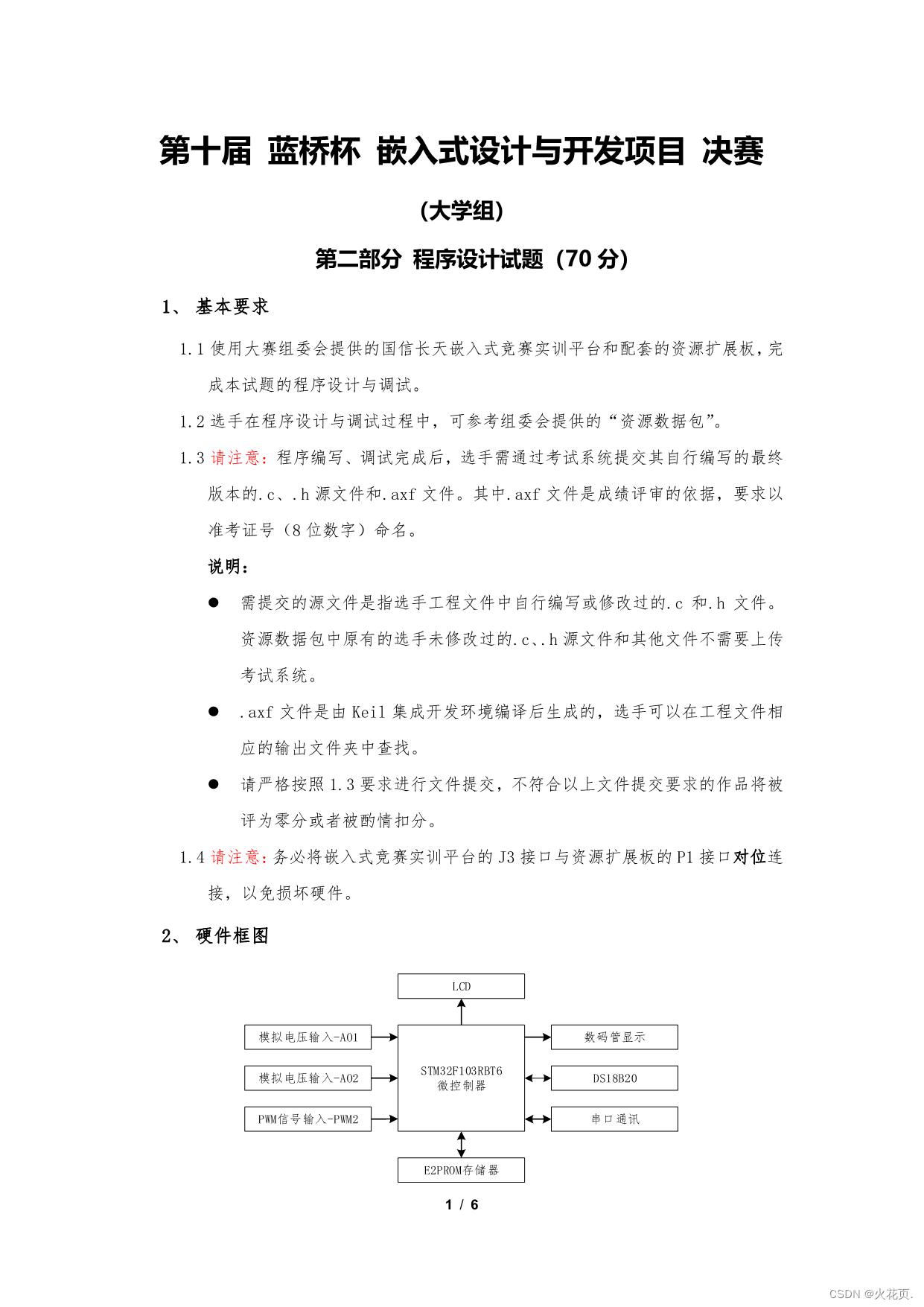
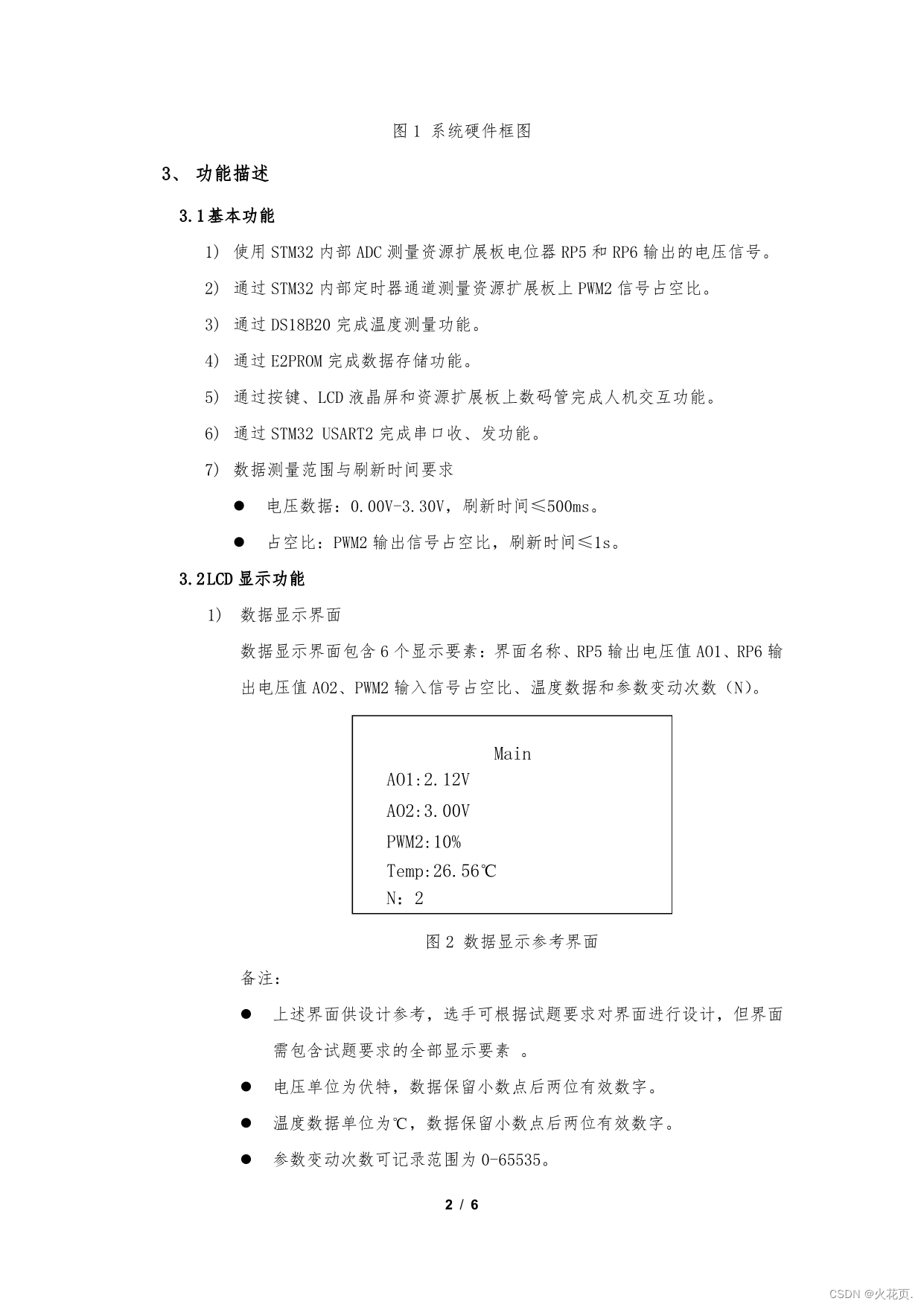
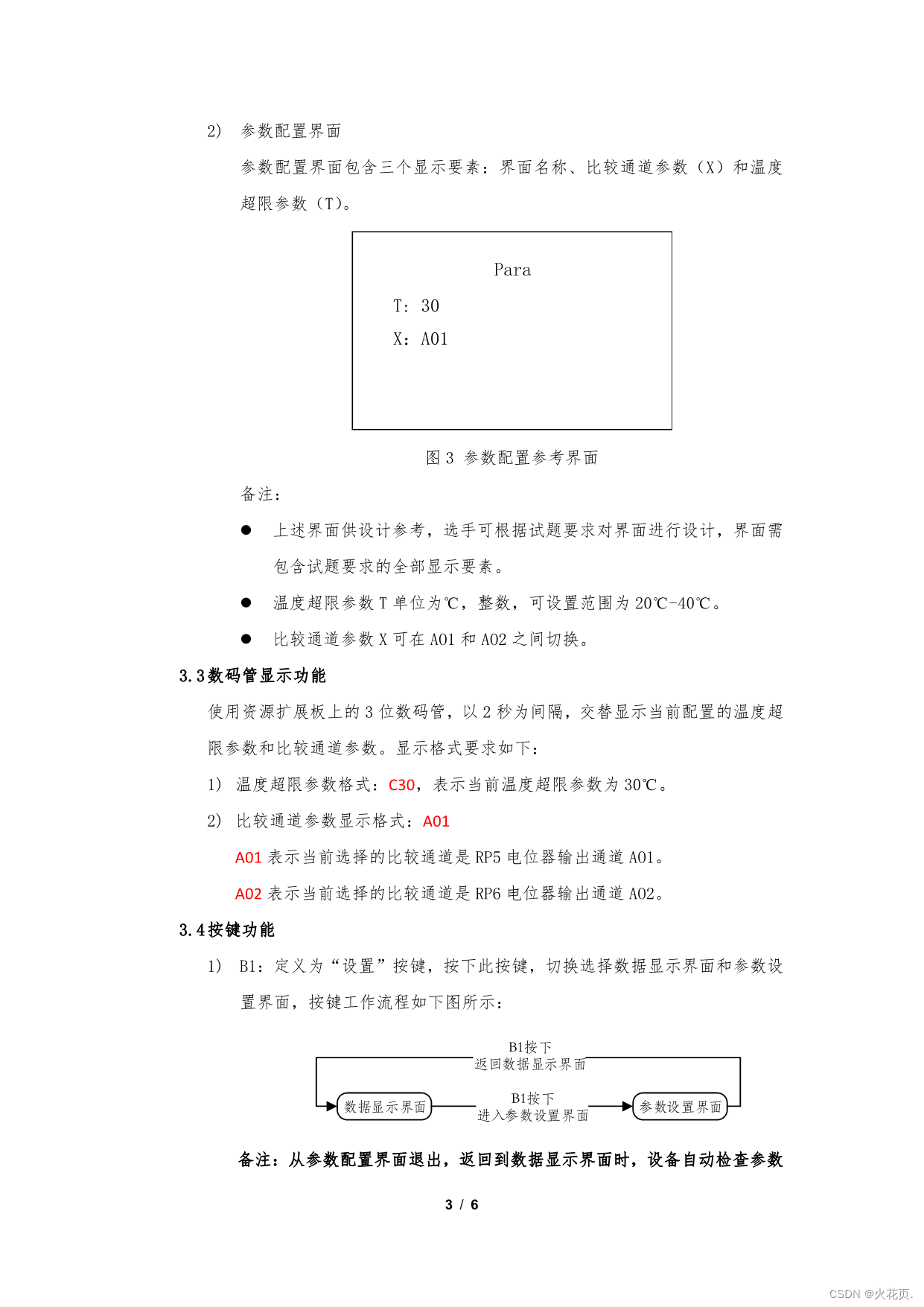
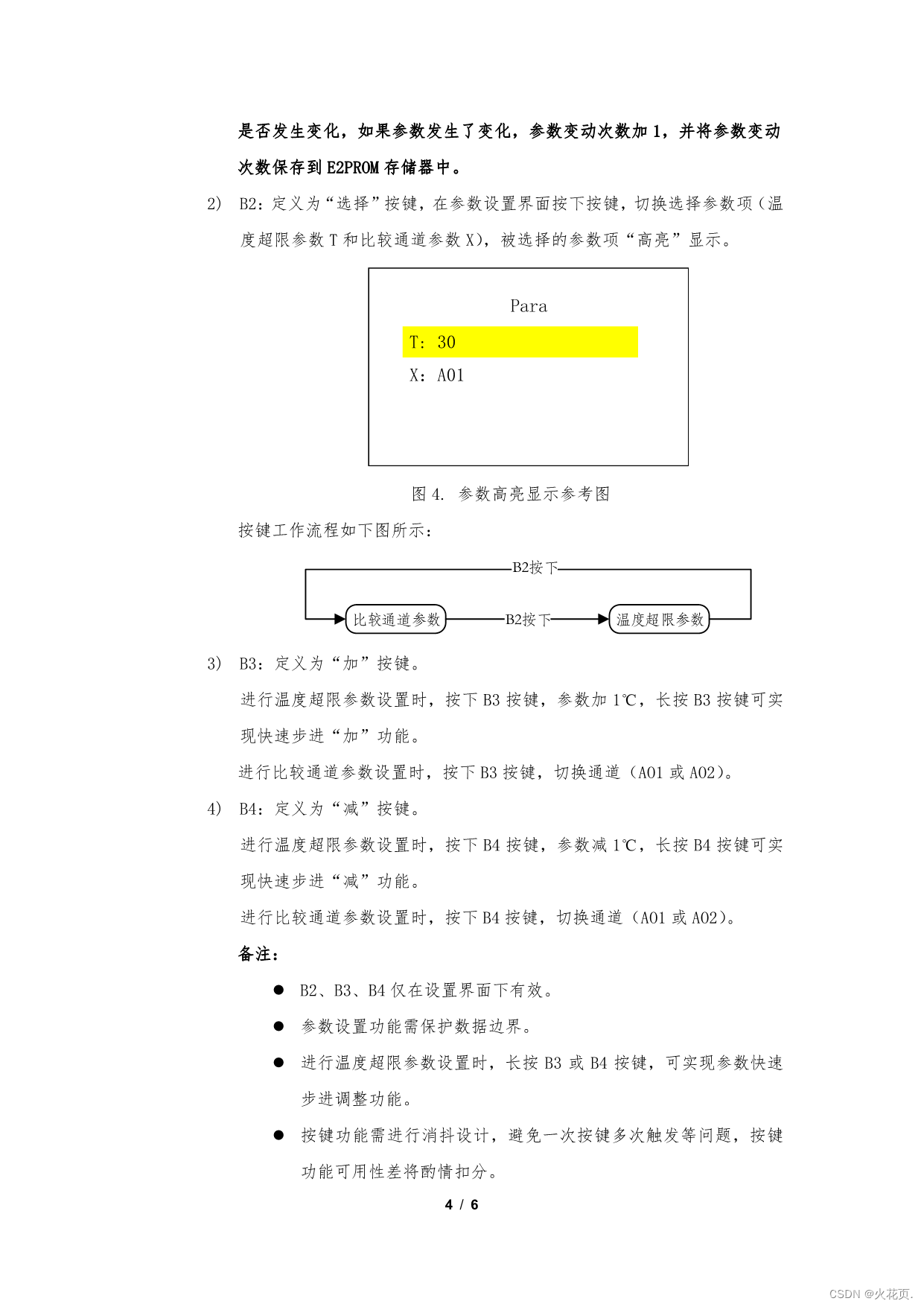
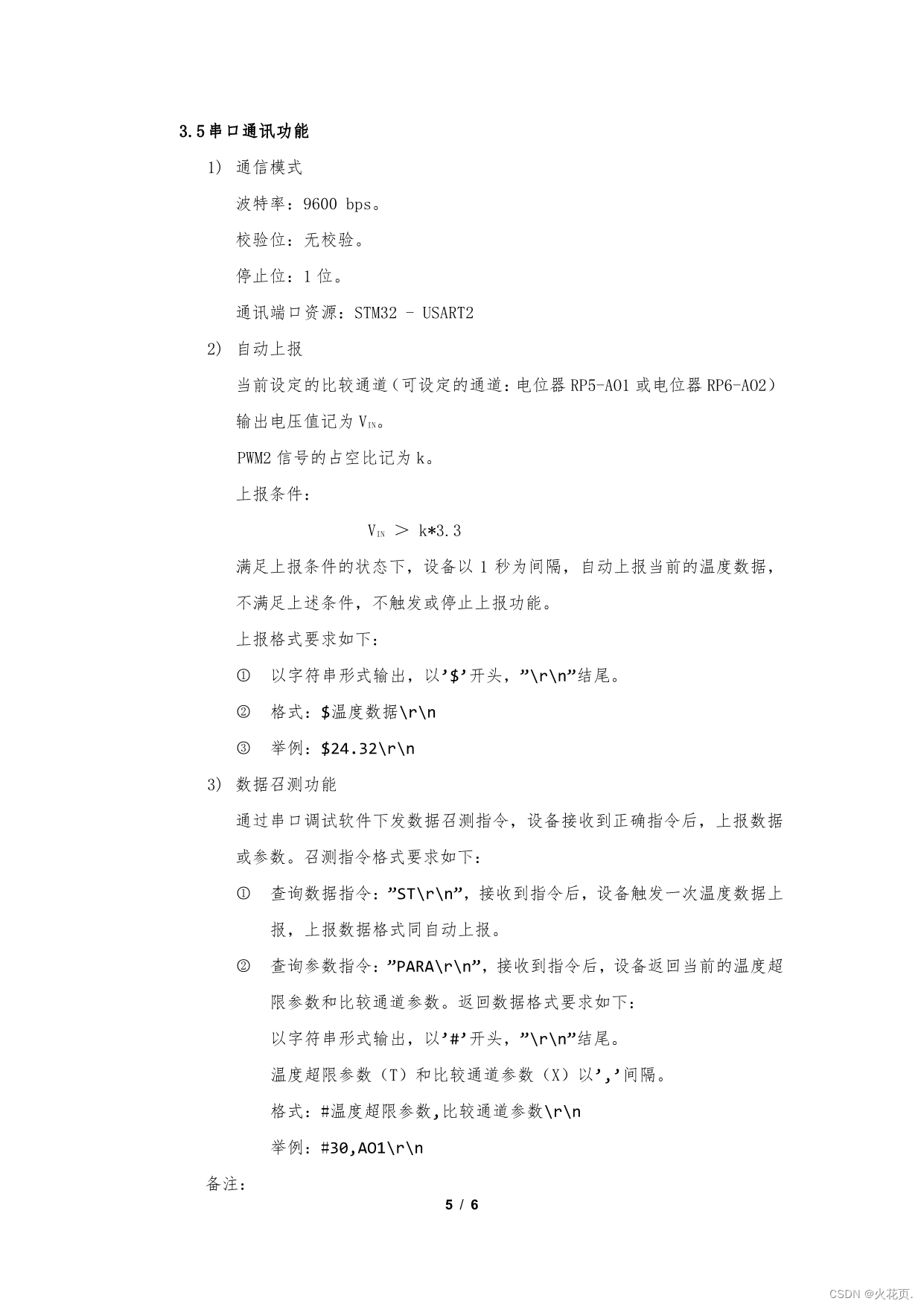
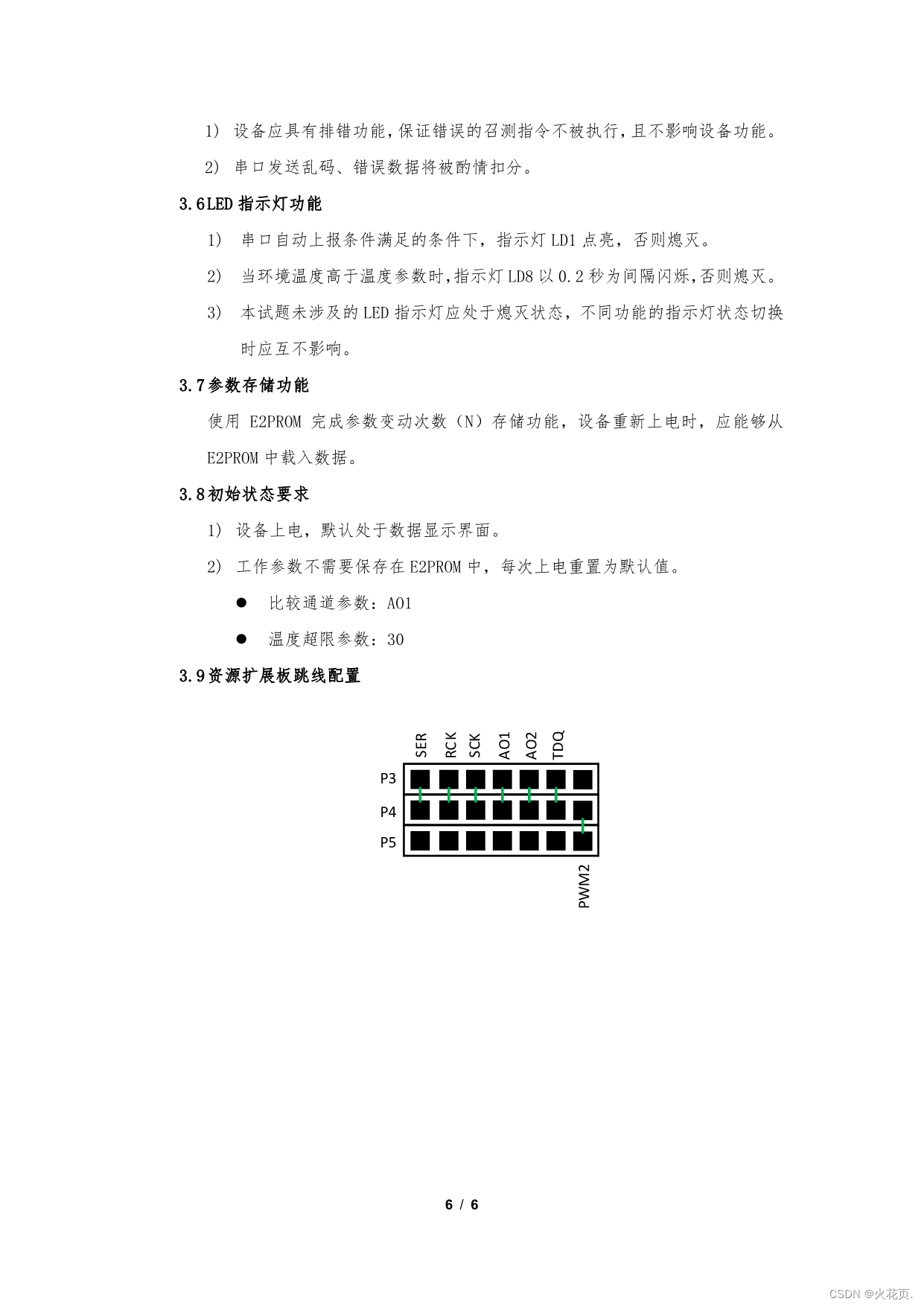
二、模块初始化
1.LCD这里不用配置,直接使用提供的资源包就行
2.双ADC:开启双ADCsingle-ended
3.LED:开启PC8-15,PD2输出模式就行了。
4.定时器:TIM3(按键消抖定时器):PSC:80-1,ARR:10000-1,TIM4(串口发送计时器):PSC:80-1,ARR:4999,TIM6(LED计时定时器):PSC:80-1,ARR:999,TIM17(输入捕获定时器):PSC:80,ARR:65535
5.i2c:设置PB6,PB7为GPIO_Output模式即可
6.SEG:打开PA1,PA2,PA3GPIO_Output模式
7.打开串口串行输出
三、代码实现
bsp组中共有:
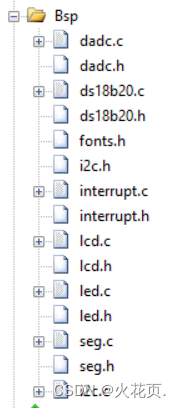
interrupt.h:
#ifndef __INTERRUPT_H__
#define __INTERRUPT_H__
#include "main.h"
#include "stdbool.h"
struct keys
{
bool key_sta;
unsigned char key_judge;
bool single_flag;
unsigned int key_time;
bool long_flag;
};
#endif
interrupt.c:
#include "interrupt.h"
#include "ds18b20.h"
#include "stdio.h"
#include "led.h"
/* Captured Values */
uint32_t uwIC1Value1_T17CH1 = 0;
uint32_t uwIC1Value2_T17CH1 = 0;
uint32_t uwHighCapture_T17CH1 = 0;
uint32_t uwLowCapture_T17CH1 = 0;
/* Capture index */
uint16_t uhCaptureIndex_T17CH1 = 0;
/* Frequency Value */
uint32_t uwFrequency_T17CH1 = 0;
double uwDuty_T17CH1 = 0;
extern double Temperature;
extern unsigned char readokFlag;
extern unsigned char ICfirstflag;
unsigned char should_printf;
extern unsigned char printfok;
extern unsigned char LD8FlashFlag;
extern unsigned char LD8FlashTick;
unsigned char LD8Type;
extern unsigned char LED;
void HAL_TIM_IC_CaptureCallback(TIM_HandleTypeDef *htim)
{
if(htim->Instance == TIM17)
{
if (htim->Channel == HAL_TIM_ACTIVE_CHANNEL_1)
{
if(uhCaptureIndex_T17CH1 == 0)
{
/* Get the 1st Input Capture value */
uwIC1Value1_T17CH1 = HAL_TIM_ReadCapturedValue(htim, TIM_CHANNEL_1);
__HAL_TIM_SET_CAPTUREPOLARITY(htim, TIM_CHANNEL_1, TIM_INPUTCHANNELPOLARITY_FALLING);
uhCaptureIndex_T17CH1 = 1;
}
else if(uhCaptureIndex_T17CH1 == 1)
{
/* Get the 2nd Input Capture value */
uwIC1Value2_T17CH1 = HAL_TIM_ReadCapturedValue(htim, TIM_CHANNEL_1);
__HAL_TIM_SET_CAPTUREPOLARITY(htim, TIM_CHANNEL_1, TIM_INPUTCHANNELPOLARITY_RISING);
/* Capture computation */
if (uwIC1Value2_T17CH1 > uwIC1Value1_T17CH1)
{
uwHighCapture_T17CH1 = (uwIC1Value2_T17CH1 - uwIC1Value1_T17CH1);
}
else if (uwIC1Value2_T17CH1 < uwIC1Value1_T17CH1)
{
/* 0xFFFF is max TIM1_CCRx value */
uwHighCapture_T17CH1 = ((0xFFFF - uwIC1Value1_T17CH1) + uwIC1Value2_T17CH1) + 1;
}
else
{
/* If capture values are equal, we have reached the limit of frequency
measures */
Error_Handler();
}
uhCaptureIndex_T17CH1 = 2;
uwIC1Value1_T17CH1 = uwIC1Value2_T17CH1;
/* Frequency computation: for this example TIMx (TIM1) is clocked by
APB2Clk */
}
else if(uhCaptureIndex_T17CH1 == 2)
{
uwIC1Value2_T17CH1 = HAL_TIM_ReadCapturedValue(htim, TIM_CHANNEL_1);
if (uwIC1Value2_T17CH1 > uwIC1Value1_T17CH1)
{
uwLowCapture_T17CH1 = (uwIC1Value2_T17CH1 - uwIC1Value1_T17CH1);
}
else if (uwIC1Value2_T17CH1 < uwIC1Value1_T17CH1)
{
/* 0xFFFF is max TIM1_CCRx value */
uwLowCapture_T17CH1 = ((0xFFFF - uwIC1Value1_T17CH1) + uwIC1Value2_T17CH1) + 1;
}
uwFrequency_T17CH1 = 1000000 / (uwLowCapture_T17CH1 + uwHighCapture_T17CH1);
uwDuty_T17CH1 = uwHighCapture_T17CH1 * 100.0 / (uwLowCapture_T17CH1 + uwHighCapture_T17CH1);
uhCaptureIndex_T17CH1 = 0;
readokFlag = 0;
ICfirstflag = 1;
HAL_TIM_IC_Stop_IT(htim, TIM_CHANNEL_1);
}
}
}
}
char RxBuffer[30];
unsigned char BufIndex= 0;
unsigned char Rxdat;
void HAL_UART_RxCpltCallback(UART_HandleTypeDef * huart)
{
if(huart->Instance == USART1)
{
RxBuffer[BufIndex++] = Rxdat;
HAL_UART_Receive_IT(huart, &Rxdat, 1);
}
}
struct keys key[4] = {0, 0, 0, 0, 0};
unsigned char SegTick = 0;
extern unsigned char SegDispflag;
void HAL_TIM_PeriodElapsedCallback(TIM_HandleTypeDef * htim)
{
if(htim->Instance == TIM3)
{
key[0].key_sta = HAL_GPIO_ReadPin(GPIOB, GPIO_PIN_0);
key[1].key_sta = HAL_GPIO_ReadPin(GPIOB, GPIO_PIN_1);
key[2].key_sta = HAL_GPIO_ReadPin(GPIOB, GPIO_PIN_2);
key[3].key_sta = HAL_GPIO_ReadPin(GPIOA, GPIO_PIN_0);
for(unsigned char i = 0; i < 4; i++)
{
switch(key[i].key_judge)
{
case 0:
{
if(key[i].key_sta == 0)
{
key[i].key_judge = 1;
key[i].key_time = 0;
}
break;
}
case 1:
{
if(key[i].key_sta == 0)
{
key[i].key_judge = 2;
}
else
{
key[i].key_judge = 0;
}
break;
}
case 2:
{
if(key[i].key_sta == 1)
{
key[i].key_judge = 0;
if(key[i].key_time < 80)
{
key[i].single_flag = 1;
}
}
else
{
key[i].key_time++;
if(key[i].key_time >= 80)
{
key[i].long_flag = 1;
}
}
break;
}
}
}
SegTick++;
if(SegTick == 200)
{
SegTick = 0;
SegDispflag = !SegDispflag;
}
}
if(htim->Instance == TIM4)
{
should_printf = !should_printf;
if(should_printf == 1)
printfok = 0;
}
if(htim->Instance == TIM6)
{
LD8FlashTick++;
if(LD8FlashTick == 200)
{
LD8FlashTick = 0;
LD8Type = !LD8Type;
LED = LED & 0x7f | (LD8Type << 7);
}
}
}
main.h:
/* USER CODE BEGIN Header */
/**
******************************************************************************
* @file : main.h
* @brief : Header for main.c file.
* This file contains the common defines of the application.
******************************************************************************
* @attention
*
* Copyright (c) 2023 STMicroelectronics.
* All rights reserved.
*
* This software is licensed under terms that can be found in the LICENSE file
* in the root directory of this software component.
* If no LICENSE file comes with this software, it is provided AS-IS.
*
******************************************************************************
*/
/* USER CODE END Header */
/* Define to prevent recursive inclusion -------------------------------------*/
#ifndef __MAIN_H
#define __MAIN_H
#ifdef __cplusplus
extern "C" {
#endif
/* Includes ------------------------------------------------------------------*/
#include "stm32g4xx_hal.h"
/* Private includes ----------------------------------------------------------*/
/* USER CODE BEGIN Includes */
/* USER CODE END Includes */
/* Exported types ------------------------------------------------------------*/
/* USER CODE BEGIN ET */
/* USER CODE END ET */
/* Exported constants --------------------------------------------------------*/
/* USER CODE BEGIN EC */
/* USER CODE END EC */
/* Exported macro ------------------------------------------------------------*/
/* USER CODE BEGIN EM */
/* USER CODE END EM */
/* Exported functions prototypes ---------------------------------------------*/
void Error_Handler(void);
/* USER CODE BEGIN EFP */
/* USER CODE END EFP */
/* Private defines -----------------------------------------------------------*/
/* USER CODE BEGIN Private defines */
#define MAIN 0
#define PARA 1
#define AO1 0
#define AO2 1
/* USER CODE END Private defines */
#ifdef __cplusplus
}
#endif
#endif /* __MAIN_H */
main.c:
/* USER CODE BEGIN Header */
/**
******************************************************************************
* @file : main.c
* @brief : Main program body
******************************************************************************
* @attention
*
* Copyright (c) 2023 STMicroelectronics.
* All rights reserved.
*
* This software is licensed under terms that can be found in the LICENSE file
* in the root directory of this software component.
* If no LICENSE file comes with this software, it is provided AS-IS.
*
******************************************************************************
*/
/* USER CODE END Header */
/* Includes ------------------------------------------------------------------*/
#include "main.h"
#include "adc.h"
#include "tim.h"
#include "usart.h"
#include "gpio.h"
/* Private includes ----------------------------------------------------------*/
/* USER CODE BEGIN Includes */
#include "lcd.h"
#include "stdio.h"
#include "stdlib.h"
#include "string.h"
#include "ds18b20.h"
#include "seg.h"
#include "dadc.h"
#include "interrupt.h"
#include "i2c.h"
#include "led.h"
/* USER CODE END Includes */
/* Private typedef -----------------------------------------------------------*/
/* USER CODE BEGIN PTD */
/* USER CODE END PTD */
/* Private define ------------------------------------------------------------*/
/* USER CODE BEGIN PD */
/* USER CODE END PD */
/* Private macro -------------------------------------------------------------*/
/* USER CODE BEGIN PM */
/* USER CODE END PM */
/* Private variables ---------------------------------------------------------*/
/* USER CODE BEGIN PV */
char text[30];
float Temperature;
unsigned int SegNum;
double volt_AO1;
double volt_AO2;
extern uint32_t uwFrequency_T17CH1;
extern double uwDuty_T17CH1;
extern char RxBuffer[30];
extern unsigned char BufIndex;
extern unsigned char Rxdat;
unsigned char readokFlag;
extern struct keys key[4];
unsigned char eeprom_readData;
unsigned char eeprom_writeData;
unsigned char DisplayMode;
uint16_t N;
unsigned char T = 30;
unsigned char X;
unsigned char Ttemp = 30;
unsigned char Xtemp;
unsigned char SettingIndex;
unsigned char keywait;
unsigned char SegDispflag;
unsigned char reportFlag;
unsigned char ICfirstflag;
extern unsigned char should_printf;
unsigned char printfok;
unsigned char LED;
unsigned char LD8FlashFlag;
unsigned char LD8FlashTick;
extern unsigned char LD8Type;
/* USER CODE END PV */
/* Private function prototypes -----------------------------------------------*/
void SystemClock_Config(void);
/* USER CODE BEGIN PFP */
void Rx_Proc(void);
void DisposeKey(void);
void LCD_Disp(void);
void Seg_Echo(void);
/* USER CODE END PFP */
/* Private user code ---------------------------------------------------------*/
/* USER CODE BEGIN 0 */
/* USER CODE END 0 */
/**
* @brief The application entry point.
* @retval int
*/
int main(void)
{
/* USER CODE BEGIN 1 */
/* USER CODE END 1 */
/* MCU Configuration--------------------------------------------------------*/
/* Reset of all peripherals, Initializes the Flash interface and the Systick. */
HAL_Init();
/* USER CODE BEGIN Init */
/* USER CODE END Init */
/* Configure the system clock */
SystemClock_Config();
/* USER CODE BEGIN SysInit */
/* USER CODE END SysInit */
/* Initialize all configured peripherals */
MX_GPIO_Init();
MX_ADC2_Init();
MX_TIM17_Init();
MX_USART1_UART_Init();
MX_TIM16_Init();
MX_TIM3_Init();
MX_TIM4_Init();
MX_TIM6_Init();
/* USER CODE BEGIN 2 */
while((unsigned int)(ds18b20_readT()) == 85)
{
if(uwTick > 200) break;
}
HAL_TIM_IC_Start_IT(&htim17, TIM_CHANNEL_1);
getDualADC(&hadc2);
HAL_Delay(2);
getDualADC(&hadc2);
volt_AO1 = adc2_in17_AO1 * 3.3 / 4096;
volt_AO2 = adc2_in13_AO2 * 3.3 / 4096;
LED_Disp(0x00);
if(ICfirstflag)
{
if(X == AO1)
{
if(volt_AO1 > uwDuty_T17CH1 / 100.0 * 3.3)
{
reportFlag = 1;
}
else
{
reportFlag = 0;
// printf("duty:%.2f\n", volt_AO1);
}
}
if(X == AO2)
{
if(volt_AO2 > uwDuty_T17CH1 / 100.0 * 3.3)
reportFlag = 1;
else reportFlag = 0;
}
}
N = eeprom_read(0) | eeprom_read(1) << 8;
LCD_Init();
LCD_Clear(Black);
LCD_SetBackColor(Black);
LCD_SetTextColor(White);
HAL_UART_Receive_IT(&huart1, &Rxdat, 1);
HAL_TIM_Base_Start_IT(&htim3);
// while((unsigned int)uwDuty_T17CH1 == 0)
// {
if(uwTick > 999) break;
// }
/* USER CODE END 2 */
/* Infinite loop */
/* USER CODE BEGIN WHILE */
while (1)
{
/* USER CODE END WHILE */
/* USER CODE BEGIN 3 */
getDualADC(&hadc2);
volt_AO1 = adc2_in17_AO1 * 3.3 / 4096;
volt_AO2 = adc2_in13_AO2 * 3.3 / 4096;
if(readokFlag == 0)
{
Temperature = ds18b20_readT();
HAL_TIM_IC_Start_IT(&htim17, TIM_CHANNEL_1);
readokFlag = 1;
}
if(Temperature > (double)T)
{
LD8FlashFlag = 1;
HAL_TIM_Base_Start_IT(&htim6);
}
else
{
HAL_TIM_Base_Stop_IT(&htim6);
__HAL_TIM_SetCounter(&htim6, 0);
LD8FlashTick = 0;
LD8FlashFlag = 0;
LD8Type = 0;
LED = LED & 0x7f;
}
if(BufIndex != 0)
{
unsigned char Indextemp = BufIndex;
HAL_Delay(1);
if(BufIndex == Indextemp)
Rx_Proc();
}
if(X == AO1)
{
if(volt_AO1 > uwDuty_T17CH1 / 100.0 * 3.3)
{
reportFlag = 1;
}
else
{
reportFlag = 0;
// printf("duty:%.2f\n", volt_AO1);
}
}
if(X == AO2)
{
if(volt_AO2 > uwDuty_T17CH1 / 100.0 * 3.3)
reportFlag = 1;
else reportFlag = 0;
}
if(reportFlag)
{
LED = LED & 0xfe | 0x01;
HAL_TIM_Base_Start_IT(&htim4);
}
else
{
LED = LED & 0xfe;
HAL_TIM_Base_Stop_IT(&htim4);
__HAL_TIM_SetCounter(&htim4, 0);
should_printf = 0;
}
DisposeKey();
LCD_Disp();
Seg_Echo();
LED_Disp(LED);
if(should_printf)
{
if(printfok == 0)
{
printf("$%.2lf\r\n", Temperature);
printfok = 1;
}
}
// HAL_Delay(500);
}
/* USER CODE END 3 */
}
/**
* @brief System Clock Configuration
* @retval None
*/
void SystemClock_Config(void)
{
RCC_OscInitTypeDef RCC_OscInitStruct = {0};
RCC_ClkInitTypeDef RCC_ClkInitStruct = {0};
/** Configure the main internal regulator output voltage
*/
HAL_PWREx_ControlVoltageScaling(PWR_REGULATOR_VOLTAGE_SCALE1);
/** Initializes the RCC Oscillators according to the specified parameters
* in the RCC_OscInitTypeDef structure.
*/
RCC_OscInitStruct.OscillatorType = RCC_OSCILLATORTYPE_HSE;
RCC_OscInitStruct.HSEState = RCC_HSE_ON;
RCC_OscInitStruct.PLL.PLLState = RCC_PLL_ON;
RCC_OscInitStruct.PLL.PLLSource = RCC_PLLSOURCE_HSE;
RCC_OscInitStruct.PLL.PLLM = RCC_PLLM_DIV3;
RCC_OscInitStruct.PLL.PLLN = 20;
RCC_OscInitStruct.PLL.PLLP = RCC_PLLP_DIV2;
RCC_OscInitStruct.PLL.PLLQ = RCC_PLLQ_DIV2;
RCC_OscInitStruct.PLL.PLLR = RCC_PLLR_DIV2;
if (HAL_RCC_OscConfig(&RCC_OscInitStruct) != HAL_OK)
{
Error_Handler();
}
/** Initializes the CPU, AHB and APB buses clocks
*/
RCC_ClkInitStruct.ClockType = RCC_CLOCKTYPE_HCLK|RCC_CLOCKTYPE_SYSCLK
|RCC_CLOCKTYPE_PCLK1|RCC_CLOCKTYPE_PCLK2;
RCC_ClkInitStruct.SYSCLKSource = RCC_SYSCLKSOURCE_PLLCLK;
RCC_ClkInitStruct.AHBCLKDivider = RCC_SYSCLK_DIV1;
RCC_ClkInitStruct.APB1CLKDivider = RCC_HCLK_DIV1;
RCC_ClkInitStruct.APB2CLKDivider = RCC_HCLK_DIV1;
if (HAL_RCC_ClockConfig(&RCC_ClkInitStruct, FLASH_LATENCY_2) != HAL_OK)
{
Error_Handler();
}
}
/* USER CODE BEGIN 4 */
int fputc(int ch, FILE * f)
{
HAL_UART_Transmit(&huart1, (unsigned char *)&ch, 1, HAL_MAX_DELAY);
return ch;
}
void Rx_Proc(void)
{
if(strncmp(RxBuffer, "ST", 2) == 0)
{
printf("$%.2lf\r\n", Temperature);
}
if(strncmp(RxBuffer, "PARA", 4) == 0)
{
printf("#%d,AO%d\r\n", T, X+1);
}
memset(RxBuffer, 0, 30);
BufIndex = 0;
}
void DisposeKey(void)
{
if(key[0].single_flag)
{
LCD_Clear(Black);
if(DisplayMode == MAIN)
{
DisplayMode = PARA;
}
else if(DisplayMode == PARA)
{
DisplayMode = MAIN;
if(X != Xtemp || (unsigned char)Ttemp != (unsigned char)T)
{
if(N + 1 == 65536)
N = 65535;
else
N += 1;
Xtemp = X;
Ttemp = T;
eeprom_write(0, N & 0xff);
HAL_Delay(10);
eeprom_write(1, (N >> 8) & 0xff);
}
}
key[0].single_flag = 0;
}
if(key[1].single_flag)
{
if(DisplayMode == PARA)
{
SettingIndex = !SettingIndex;
}
key[1].single_flag = 0;
}
if(key[2].single_flag)
{
if(DisplayMode == PARA)
{
if(SettingIndex == 0)
{
if((unsigned char)(T+1) <= 40)
T += 1;
}
if(SettingIndex == 1)
{
X = !X;
}
}
key[2].single_flag = 0;
}
if(key[2].long_flag)
{
if(DisplayMode == PARA)
{
if(SettingIndex == 0)
{
keywait++;
if(keywait == 4)
{
keywait = 0;
if((unsigned char)(T+1) <= 40)
T += 1;
}
}
}
key[2].long_flag = 0;
}
if(key[3].single_flag)
{
if(DisplayMode == PARA)
{
if(SettingIndex == 0)
{
if((unsigned char)(T-1) >= 20)
T -= 1;
}
if(SettingIndex == 1)
{
X = !X;
}
}
key[3].single_flag = 0;
}
if(key[3].long_flag)
{
if(DisplayMode == PARA)
{
if(SettingIndex == 0)
{
keywait++;
if(keywait == 4)
{
keywait = 0;
if((unsigned char)(T-1) >= 20)
T -= 1;
}
}
}
key[3].long_flag = 0;
}
}
void LCD_Disp(void)
{
if(DisplayMode == MAIN)
{
LCD_DisplayStringLine(Line0, " Main");
sprintf(text, " A01:%.2fV", volt_AO1);
LCD_DisplayStringLine(Line1, text);
sprintf(text, " A02:%.2fV", volt_AO2);
LCD_DisplayStringLine(Line3, text);
sprintf(text, " PWM2:%d%% ", (unsigned char)uwDuty_T17CH1);
LCD_DisplayStringLine(Line5, text);
sprintf(text, " Temp:%.2fC ", Temperature);
LCD_DisplayStringLine(Line7, text);
sprintf(text, " N:%d", N);
LCD_DisplayStringLine(Line9, text);
}
if(DisplayMode == PARA)
{
LCD_DisplayStringLine(Line0, " Para");
sprintf(text, "T:%d ", (unsigned char)T);
if(SettingIndex == 0) LCD_SetBackColor(Yellow);
LCD_DisplayStringLine(Line2, text);
LCD_SetBackColor(Black);
sprintf(text, "X:A0%d ", X+1);
if(SettingIndex == 1) LCD_SetBackColor(Yellow);
LCD_DisplayStringLine(Line4, text);
LCD_SetBackColor(Black);
}
}
void Seg_Echo(void)
{
if(SegDispflag == 0)
{
SEG_Disp(12, T / 10, T % 10);
}
else
{
SEG_Disp(10, 0, X + 1);
}
}
/* USER CODE END 4 */
/**
* @brief This function is executed in case of error occurrence.
* @retval None
*/
void Error_Handler(void)
{
/* USER CODE BEGIN Error_Handler_Debug */
/* User can add his own implementation to report the HAL error return state */
__disable_irq();
while (1)
{
}
/* USER CODE END Error_Handler_Debug */
}
#ifdef USE_FULL_ASSERT
/**
* @brief Reports the name of the source file and the source line number
* where the assert_param error has occurred.
* @param file: pointer to the source file name
* @param line: assert_param error line source number
* @retval None
*/
void assert_failed(uint8_t *file, uint32_t line)
{
/* USER CODE BEGIN 6 */
/* User can add his own implementation to report the file name and line number,
ex: printf("Wrong parameters value: file %s on line %d\r\n", file, line) */
/* USER CODE END 6 */
}
#endif /* USE_FULL_ASSERT */
四、完成效果
蓝桥杯嵌入式第十届国赛试题实现效果
五、总结
本篇文章只是为了存放我的代码,所以看不懂很正常,如果需要代码可以找我私信。







